Color Drenching: Is It Right for Your Home?
By Erica White
Color drenching appears to be increasingly popular today. However, it is not a new practice. In fact, I remember many homes in my childhood being clad with the same 80s beige on the walls, trim, and doors and it has been popular since the Victorian era.
Color drenching is the practice of painting an entire room the same color (walls, doors, trim work, and ceiling). The impact it has on a space makes it obvious why it’s so popular – it gives the illusion of taller walls, can make small rooms feel larger, and can create a soothing cozy feeling. Additionally, color drenching helps undesired components of a room (radiators for example) blend into the background.

A complex soft beige is used on the walls and trim to create the illusion of taller walls and helps camouflage outlets
If color drenching is so wonderful, why has white trim been so popular? Color drenching, especially when not done well (or not as part of an intentional design scheme), can feel monotonous. Trim of any contrasting color to the walls helps break up a space. And white trim, specifically, helps brighten a space. White trim is popular for a lot of great reasons, but it has become common over the last twenty+ years because of its versatility in new builds and renovations. Many people like to change the paint color in their spaces every few years and having to repaint or re-stain the trim every time can be very time consuming and/or expensive. With white trim, builders and homeowners don’t need to consider what wall colors will be used in the future. White trim is also not a new trend, it has been a timeless design element for centuries.

White millwork in a historic home
I have struggled with the honey-stained wood trim in my home for years. I wanted to embrace the warmth and richness wood trim gives, but it never felt quite right and I struggled to find paint colors that I liked that worked with the trim. (I have to note that I absolutely love the look of a dark rich brown trim, but unfortunately that was not what I had). When I had my floors refinished, the honey stained trim stood out like a sore thumb against the lighter wood floors – it was time to start painting the trim.

Honey stained trim before color drenching
Because the main part of my home is open, I opted not to paint the ceilings as I felt it would feel overwhelming. I would call this “color-drenching light.” I think that full color drenching (with the exception of all white color pallet) is best used in defined rooms.

“Color drenching light”
I also chose to paint my stairs, which open into my living room, white as I thought it would be odd to have beige risers and walls.

Stairs and risers are painted white in a room where the walls and trim are painted the same color as the walls. This creates a soothing feel and elongates with walls, while not being too monotonous.
If you are worried that color drenching will feel too monotonous or overwhelming, here are some tips to create depth and visual interest:
-
Paint the baseboards, door casings, doors, and crown molding (if you have it) in a glossier sheen than the walls. The tried-and-true combination is eggshell for the walls and semigloss for the wood.
-
Experiment with varying color saturation and hues, it is common to use a lighter color for ceilings
-
Try “color drenching light” if you have an open floorplan or don’t want to commit to painting the ceiling
-
Mix and match. For example: you can paint the baseboards and door casings, while leaving window casings and/or doors white or wood stained.
*All Photographs Credit: Erica White



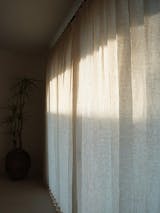
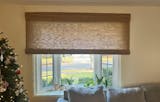

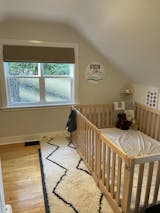


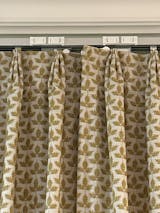
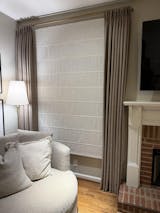




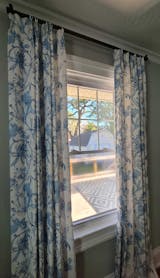
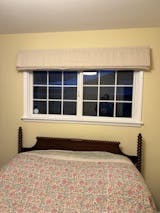
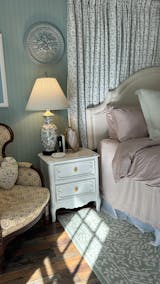
Leave a comment